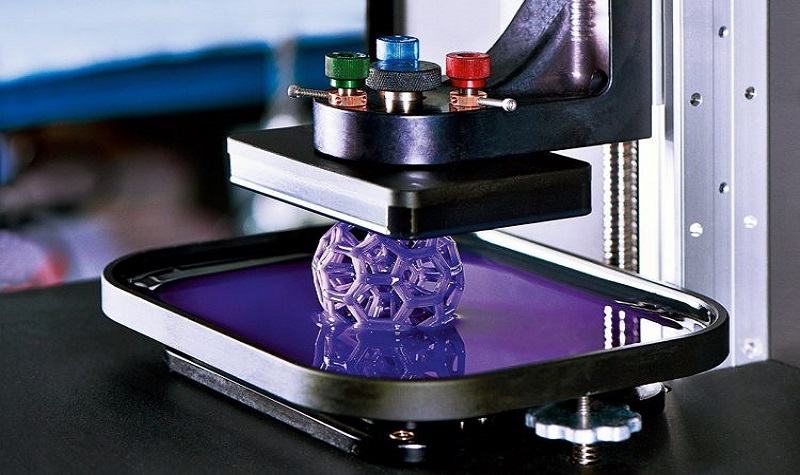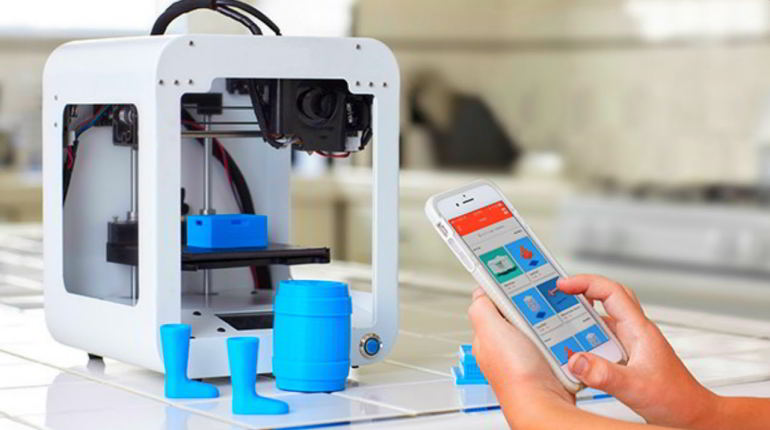You decide to buy a 3D printer because you’ve heard about all the wonderful things they can do. There are endless possibilities for printing for models: phone cases, cosplay material, figurines, and musical instruments are some possibilities. You should know a few things about 3D printing before getting started.
Three-dimensional printers are available in different specifications today to suit various needs.
You also need to understand the technicalities that go along with 3D printing. In order to help you choose your first 3D printer, we have compiled a list of ten things you should know.
A variety of 3D printers
With 3D printers you can print physical materials from various kinds of technology. Most hobbyists are likely familiar with the Fused Deposition Modeling (FDM) one.
Fused deposition modeling (FDM)
Plastic is heated and extruded, then layered together to make a model, using FDM.
Due to the number of 3D printers mentioned in this post, it is easier and more readily available to find 3D printers that use FDM.
The other two forms of 3D printing are stereolithography and selective laser sintering (SLS). Although FDM is cheaper than SLS, it is also much more costly.
Stéréolithography
Stereolithography also uses UV light instead of plastic extrusion to harden a pool of photosensitive liquid.
Because of this, the printout is better.
Laser selective sintering (SLS)
The SLS technique is similar to stereolithography, except that it uses lasers and powder rather than UV light and liquid. By using a laser, powder is melted to create an individual layer of printed material.
It is possible to print metal objects using some of these models, but the other two processes are not suitable for this.
Building one or buying one is an option
It is only natural for those in the 3D printing community who are creators and makers to want to build their own machines.
Online instructions and 3D printer kits are available if you decide to go this route.
If you do not have the time or resources to build your own printer, you can always buy one that is already assembled.
Your final decision will depend on what you prefer, whether you intend to experiment with the technology or whether you want to print right away.
Price

One of the main factors that will help 3D printers become a mainstream technology is the market price. 3D printer Price is largely determined by the quality of the output.
In general, professional printers like those in the MakerBot series cost upwards of $2000. However, there are also higher-quality models that go over $1000. Start small with 3D models under $100 if you are just dabbling in 3D printing.
Printers will continue to gain popularity and become more competitive as the demand increases, which will result in lower prices and better quality. You do not receive the materials required to print your products with these printers.
There may be variations in materials among products, so you will need to purchase them separately.
Material for printing
There are two types of materials that are required for 3D printing. The first is poly lactic acid (PLA); the second is acrylic acid butadiene styrene (ABS). It is both a thermoplastic that becomes soft and malleable when heated and becomes frozen when cooled. The cost of a spool weighing 1kg (2.2lbs) of filament is $30. These are the positives and negatives of each material.
What to do when you’re stuck
You need to choose the right material if you want to create a successful final product. Which printer you use depends on your selection of material. Keeping in mind that not all printers are able to accept both kinds of materials is a critical point.
The diameter of the filament is not too important as far as quality is concerned – 1.75mm or 3mm. Our recommendation is to start with 1.75mm since most printer brands use it.

